The $35,000 Volvo EX30 Has to Be More Than Just an EV
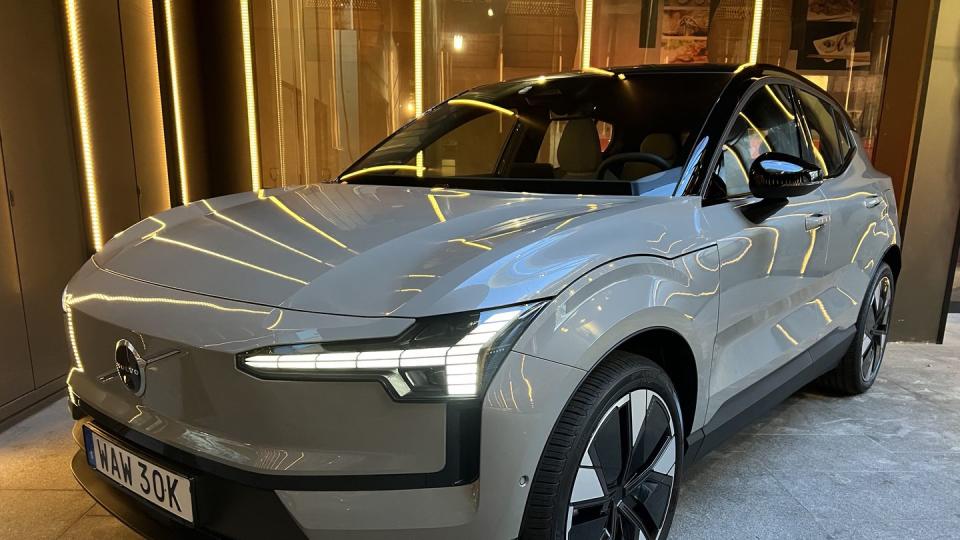
Volvo’s new 2025 EX30 is deceptively important. Not important in that it will perform better than other all-electric small SUVs. Not important in setting a new style standard or because it will redefine Volvo in some spectacular way. It’s important because this wee juiced beastie is aimed not at early adopters or virtue signalers or tech enthusiasts. It’s aimed at the brutally competitive small crossover market.
With a starting price of $36,245 (including $1295 for destination) for the “Core” single motor version, this thing is built to sell into the mainstream. It will be priced not to compete with Tesla or Lucid, but against the Honda CR-V, Toyota RAV-4, and Mazda CX-50. Buyers must look at the EX30, consider all the alternatives powered by internal combustion engines, and decide that, yup, they’d rather have this. And then sign up for the financing. The EX30 is important because it’s built to, and must compete on, its virtues as an everyday SUV, not as an electric.
And so far, it’s an open question whether any all-electric can actually do that.
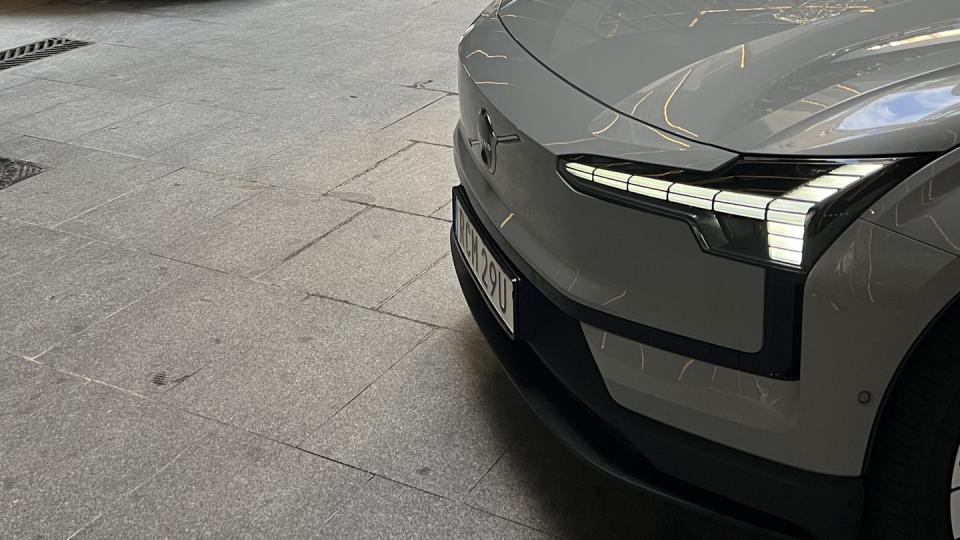
At the press launch in Barcelona, Spain the EX30 was impressive in its restrained decoration and easygoing personality. It’s not showy about being an electric and most of the design is recognizably Volvo. At 166.7 inches long over a 104.3-inch wheelbase, it’s small. The wheelbase is only 2/10ths of an inch less than that of a Honda HR-V, but it’s 13.1-inches shorter in overall length. The EX30 neatly splits the difference between the 163.2-inch Chevrolet Bolt EV and the 169.5-inch Bolt EUV.
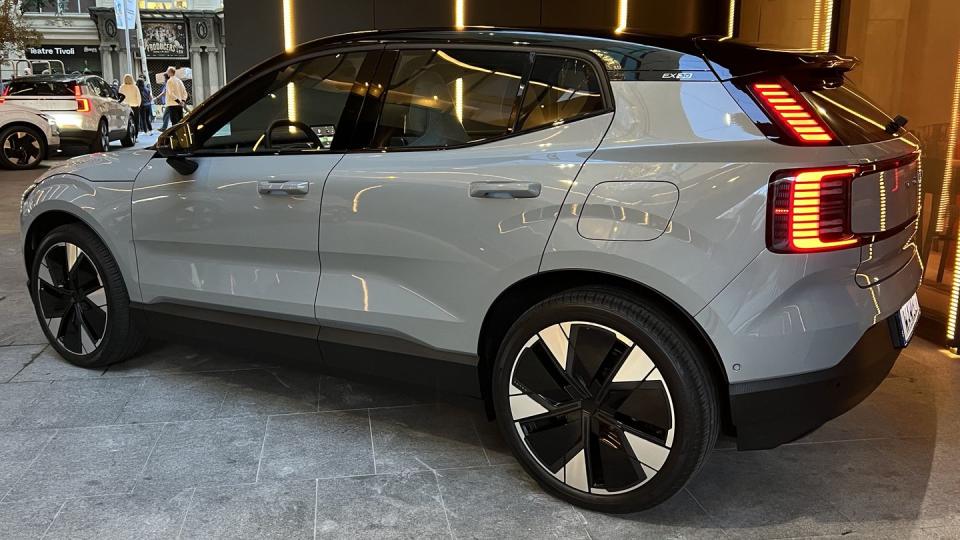
With wheels pushed to the EX30’s corners, space utilization is excellent. It feels larger inside than, say, an HR-V. Some of that impression is founded on a dash design that puts the instrumentation on a large centered screen like a Tesla. So, the dash’s mass fades away in front of the driver and front passenger to the base of the windshield. Alas, it also means virtually all vehicular functions go through that screen without physical knobs or buttons for things like entertainment volume or climate controls.
There were two Euro-spec versions available for evaluation in Spain. One was the Single Motor Extended Range Ultra ($42,395 as equipped) and the other was the Twin Motor Performance Ultra ($49,195). At first, second, and third glance there’s little to separate them visually. Swedes can sometimes be too restrained. Both use a 65-kWh lithium-ion battery pack under their floor.
The U.S. versions aren’t likely to be much different. Just lights and stuff. No biggies.
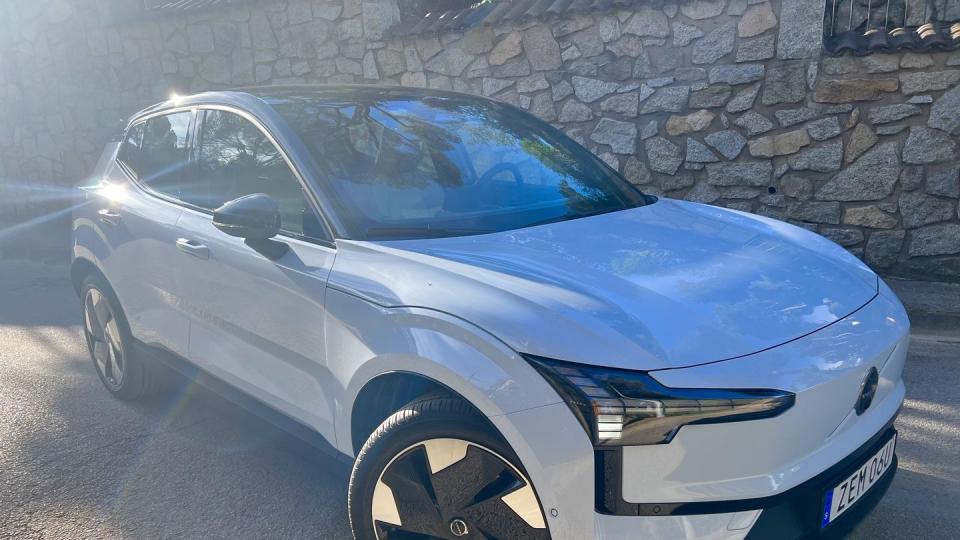
The Single Motor versions wore “Cloud Blue” paint and 19-inch wheels, with power supplied by a 200-kilowatt (268-horsepower) motor driving the rear wheels. Weighing in at 3858 pounds, the Single Motor will, Volvo says, make it to 60 mph in 5.1 seconds, top out at 112 mph and have “up to” a 275-mile range. Not being familiar with Spanish traffic enforcement, the top end wasn’t approached. And the routes weren’t long enough to test the range. But 5.1 seconds to 60 is much swifter than ICE alternatives. An HR-V, for instance, takes an agonizing 9.4 seconds to reach 60 and, ick, it has a continuously variable transmission sapping any engagement.
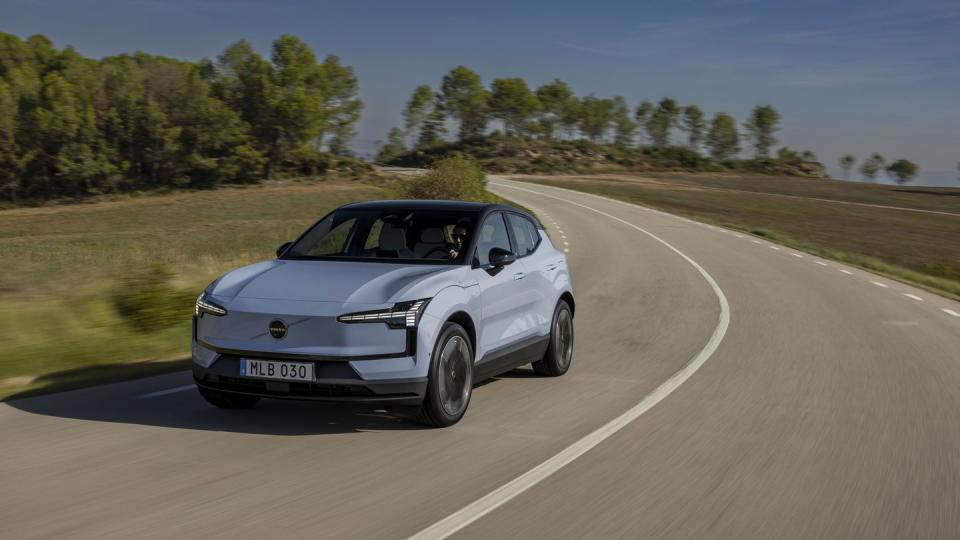
The Single Motor feels like it reaches 60 as swiftly as advertised. And the steering has a light feel and quick turn-in. So light that it’s easy to forget that it’s a tiny SUV that weighs more than a 1990 Chevrolet Caprice. Of course, it’s quiet. Yes, the sensation of instant torque is satisfying. And it’s comfortable over even the occasional busted-up Spanish road.
Absolute adhesion is limited by modest, all-season Goodyear tires. But this isn’t a vehicle that many will use to test the limits anyhow.
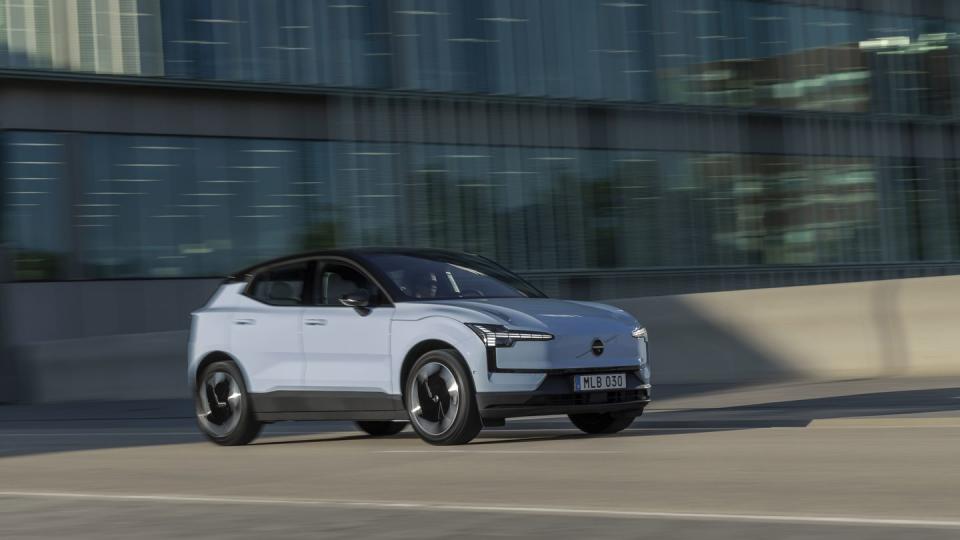
The Twin Motor, in contrast, feels as if it’s launched by catapult. Volvo claims a 3.4-second 0 to 60 mph rush for this 315-kilowatt (422-horsepower) 4140-pound squirt. Every one of the 400-pound feet of torque feels eager to reach the ground and with four driven wheels, they all do.
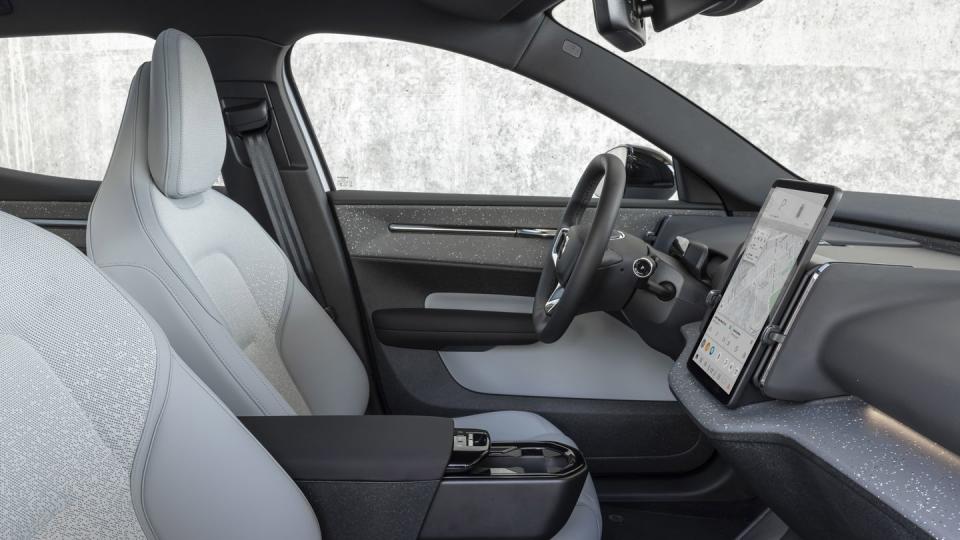
While the Twin Motor feels heavier and less nimble than the Single, it’s still a scurrying thing. In traffic, it can pound into openings that no ICE small SUV would dare exploit. Like the Single, top speed is limited to 112 mph. Range is a claimed “up to” 265 miles, but that remains to be tested.
There’s plenty of environmentally conscious material use in the EX30, but it’s not so self-conscious that it becomes a distraction. Leather? Get over it. Sustainable wool is dang nice. Ask a sheep. Design details like the elegant interior door handles are simply beautiful and look, well, expensive. The seats are well shaped, there’s plenty of nooks and cupholders to haul flotsam, and Volvo has a reputation for safety stuff it seems determined to sustain.
Small SUVs are aimed at families. Usually young families facing uncertain future challenges (additional kids, far-flung activities, pets which like to eat wool) and need a vehicle flexible enough to meet the unexpected. That may be the Achilles heel of electrics that work best for settled owners with defined routines and commutes. And they similarly-priced ICE alternatives to the EX30 are outstanding at that. Plus a CR-V or RAV4 is physically larger. That’s the challenge the EX30 faces.
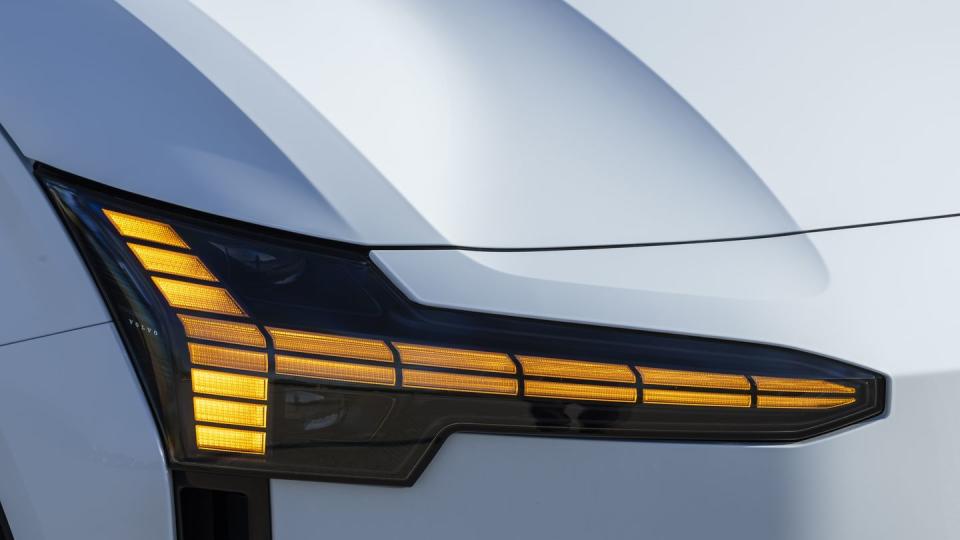
EX30 production is underway at the Geely plant in Zhangjiakou, China and will expand into Volvo’s Ghent, Belgium facility in 2025. Volvo is taking U.S. reservations and deposits now, but doesn’t expect deliveries until the summer of 2024.
You Might Also Like

 Yahoo Autos
Yahoo Autos 